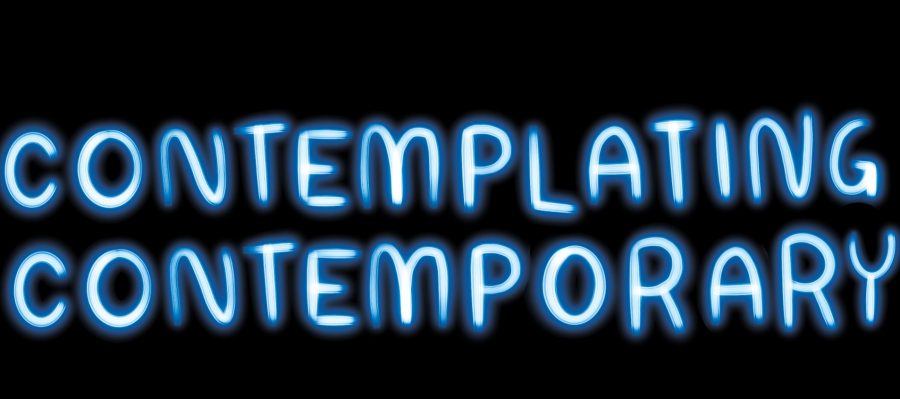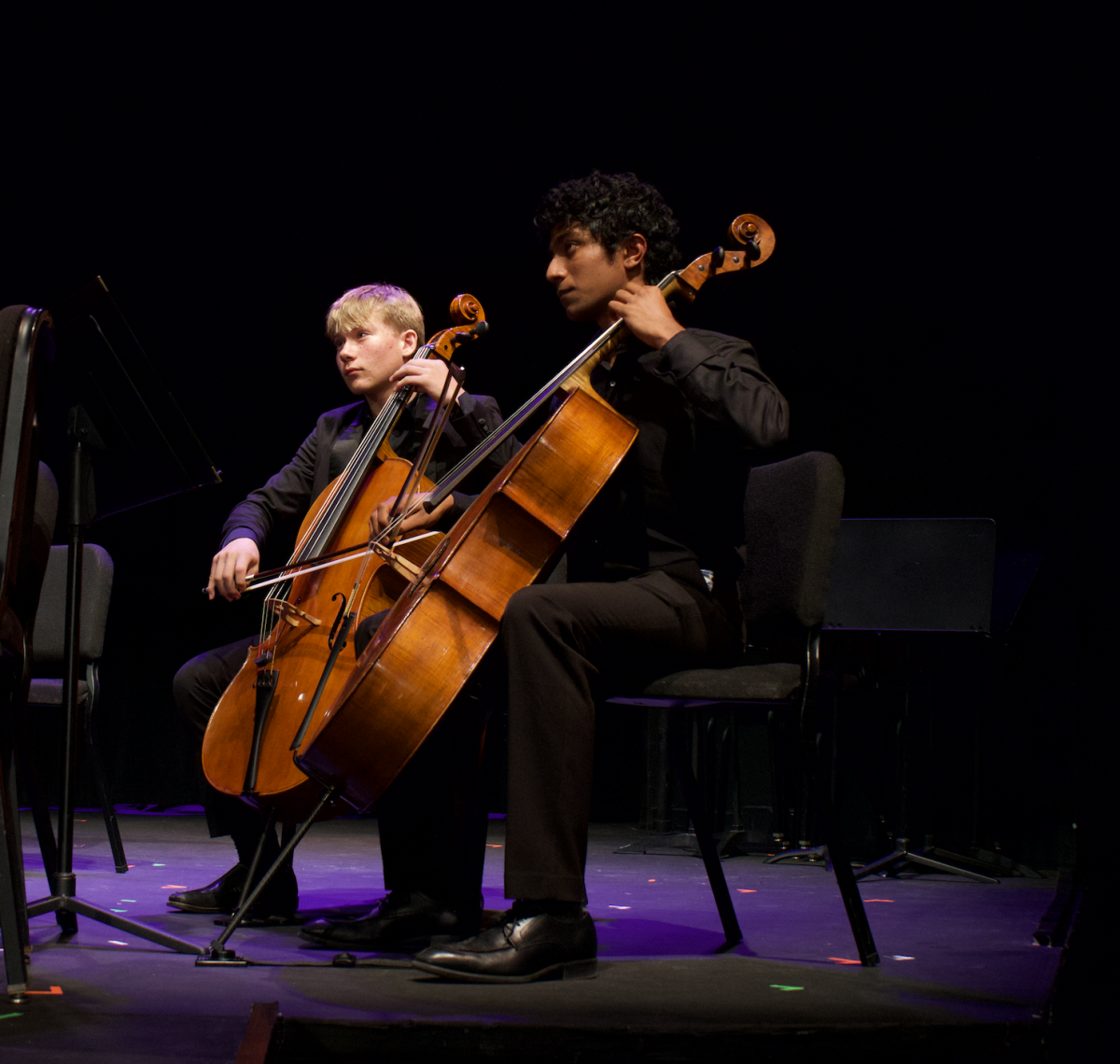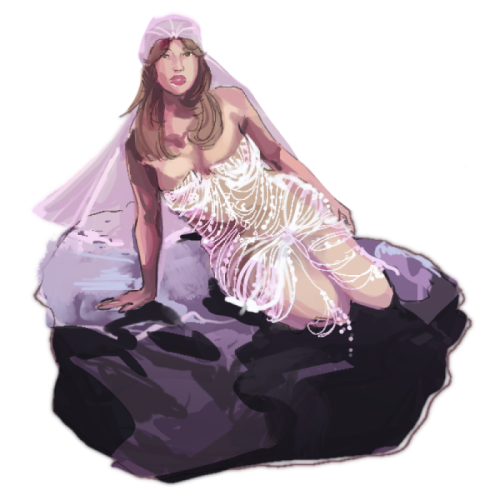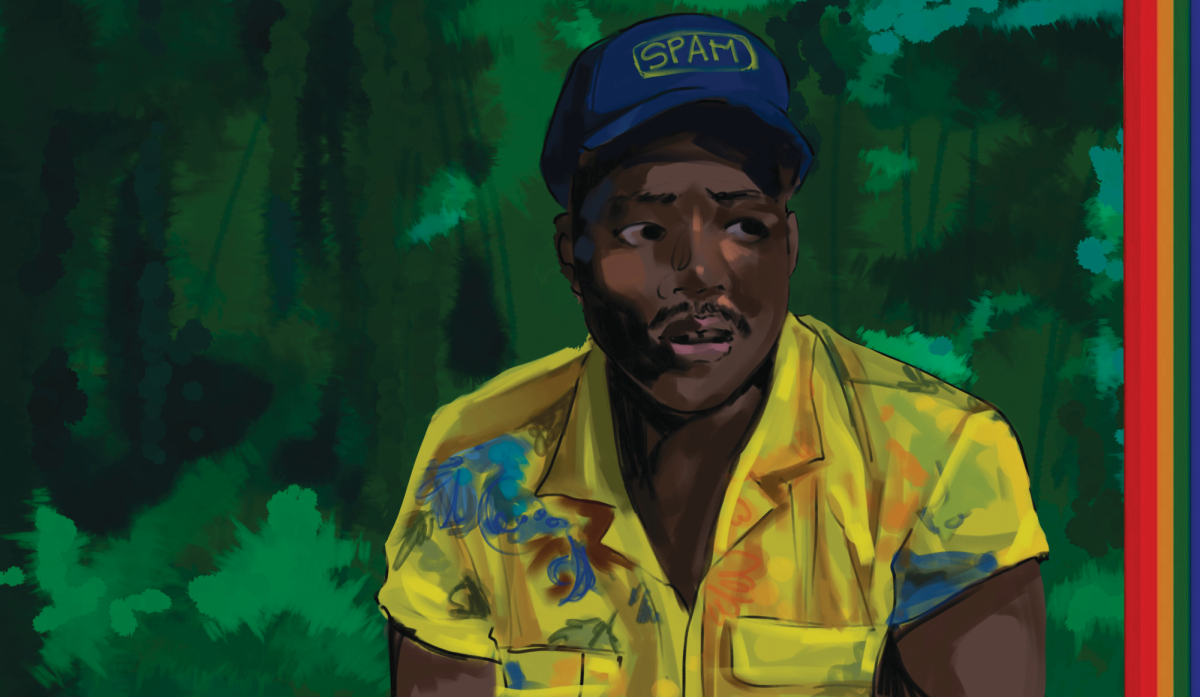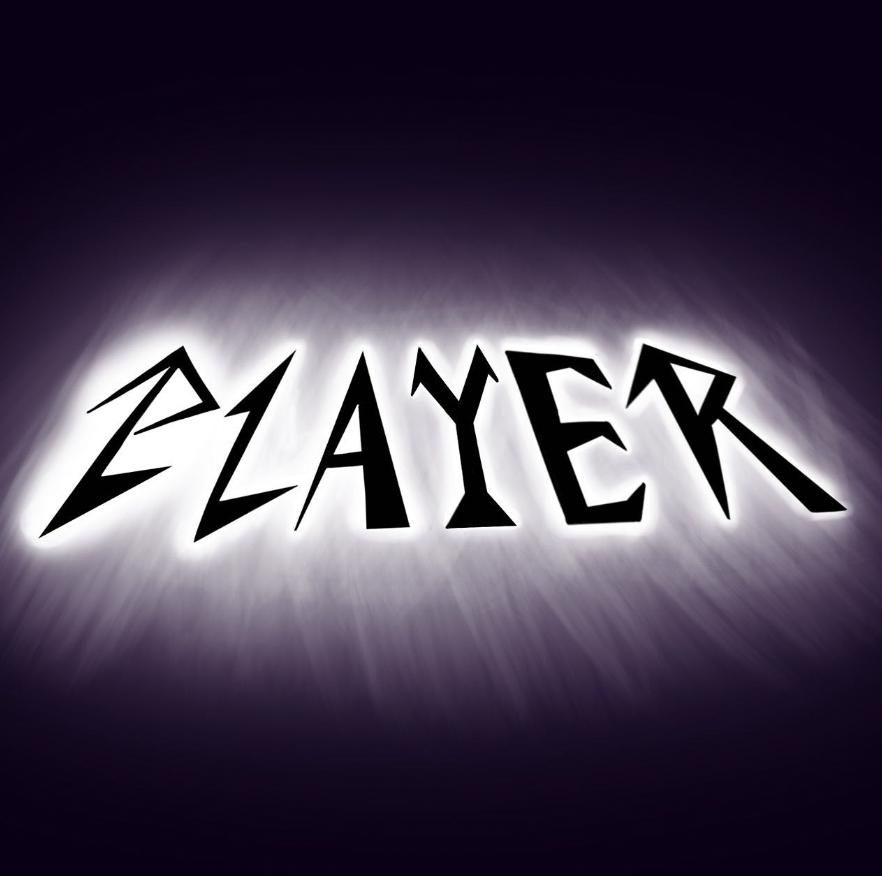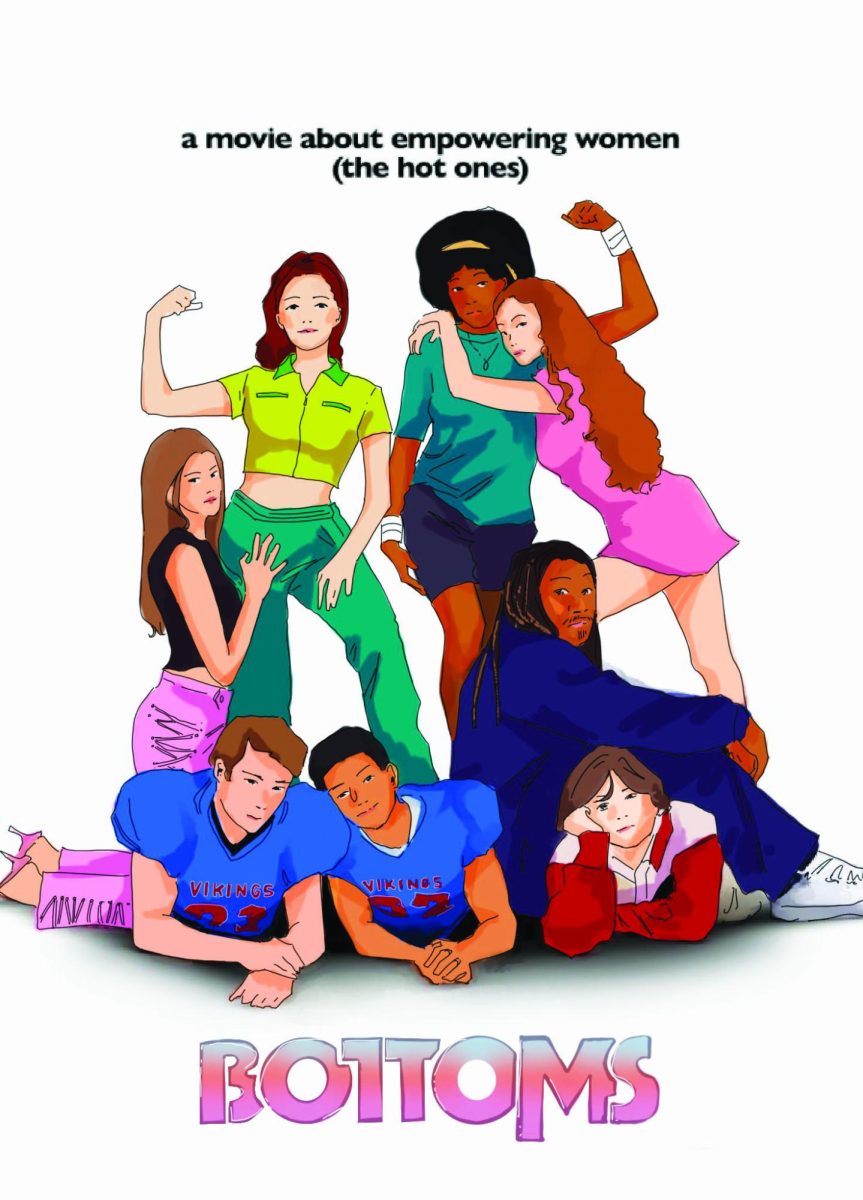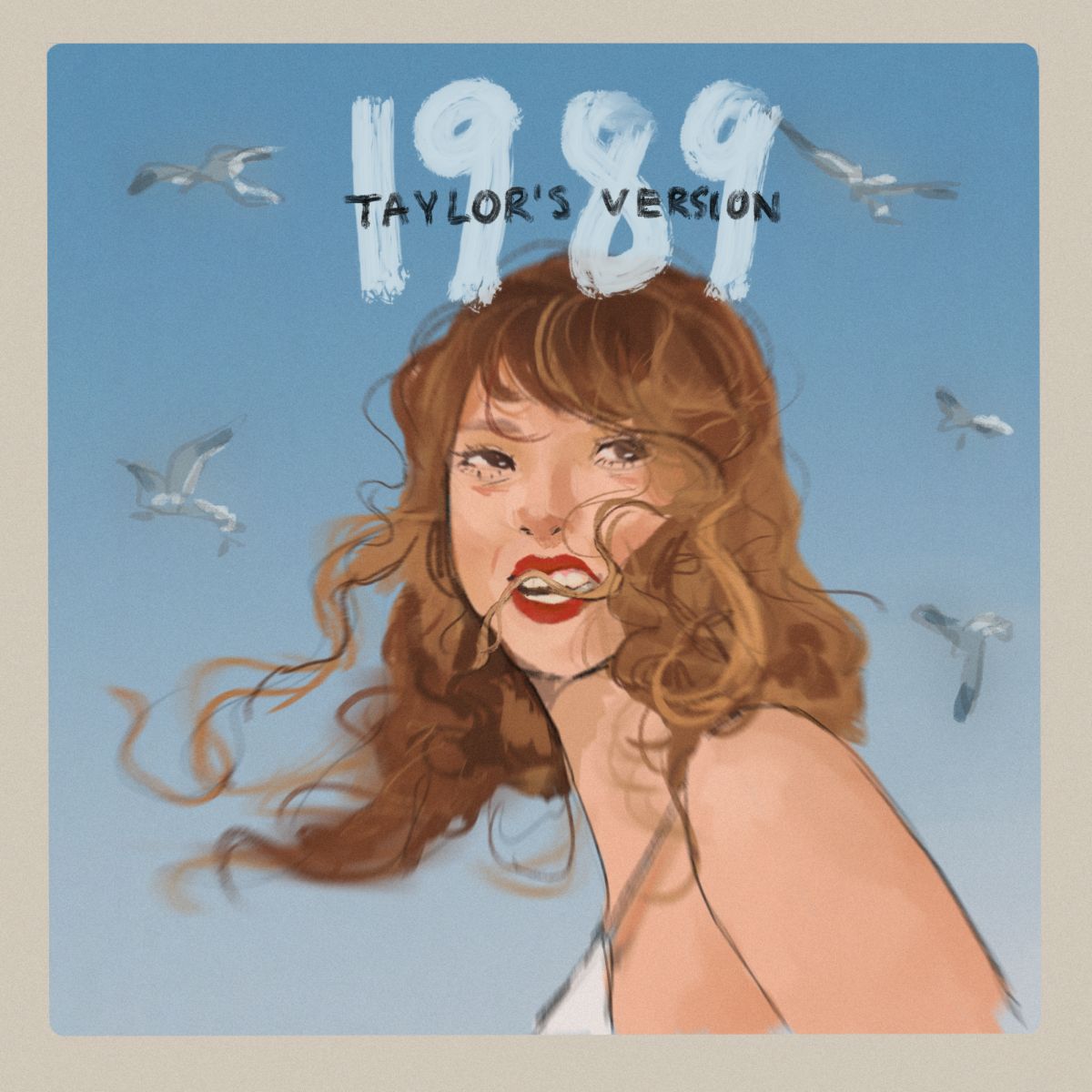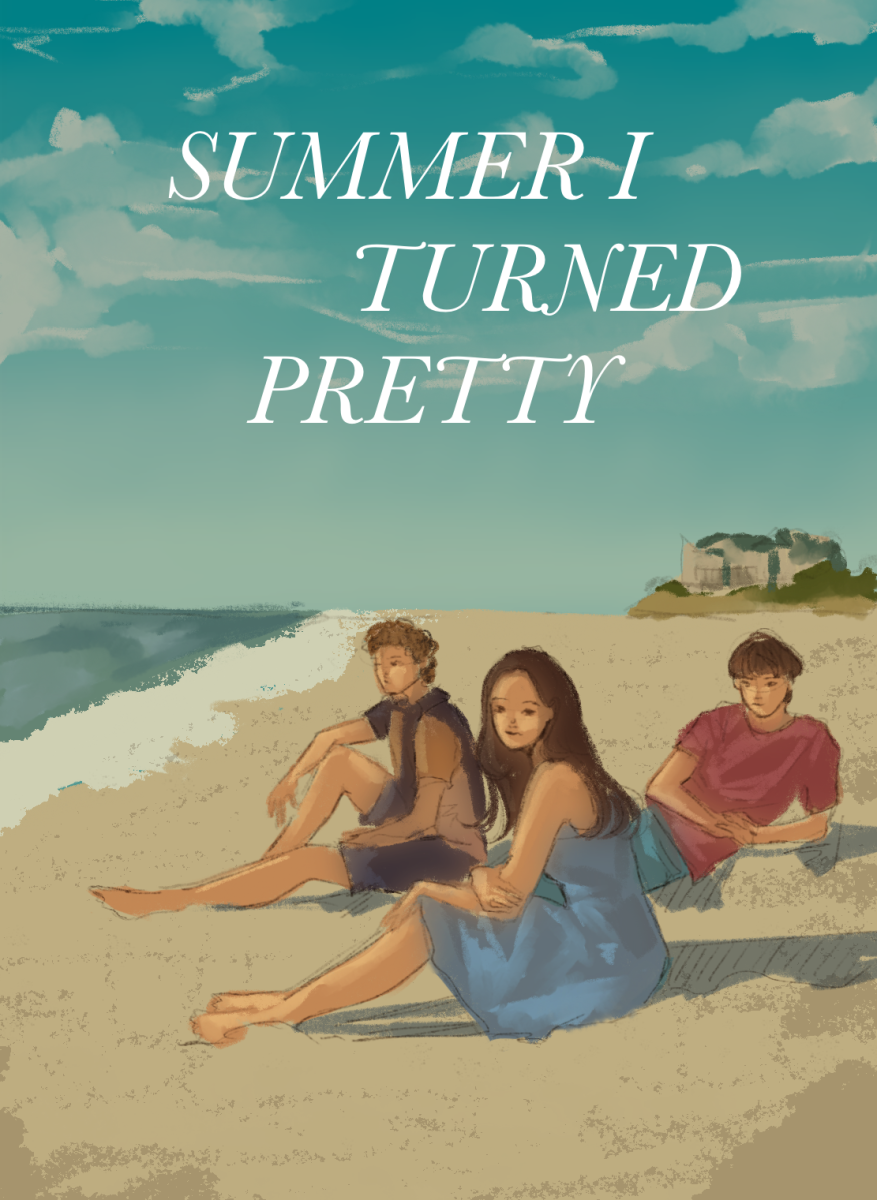Student artists take inspiration from famous contemporary artists.
When Skylar Liu ’21 first discovered the work of contemporary artist Anthony Cudahy, she was immediately impressed by the way he utilized dynamic techniques. However, it was not until this past year that Liu rediscovered and fell in love with his work. Since then, he has become one of Liu’s largest inspirations for her own creative process, she said.
“His art carries a sort of ephemeral quality, but it has a lasting emotional impact,” Liu said. “Rich, semi-transparent colors seep through opaque layers, paired with simple line work which makes his paintings very dynamic and personal. I especially love how he often keeps a very limited color palette in his smaller paintings, and each of his figures are limited to one or two colors in his larger works.”
Drawing and Painting student Helena Steuch ’21 said she believes many other art students take inspiration from the art that is produced around them. Steuch said that her own artistic style is more heavily influenced by current art, rather than famous works of the past that she sees online and in museums.
“I draw inspiration from all different genres,” Steuch said. “I don’t draw inspiration from Renaissance art, because the techniques are often too difficult. But more contemporary art forms, other than abstract pieces, influence and inspire me for sure.”
On the other hand, artist Sophia Nuñez ’20 said that she finds her inspiration in older styles of painting, rather than contemporary techniques.
“I am more influenced by past art purely because it all boils down to aesthetic taste,” Nuñez said. “I like the painterly techniques that were used in the past, but a lot of those are being combined as we are in an era where you are more free to not follow the status quo as you would have been in, say, the Renaissance. So, I’m influenced by a combination of past art and current art.”
There is a misconception of modern art being synonymous to contemporary art.
However, Nuñez said recent artistic movements are often mistakenly grouped together under the umbrella term of ‘modern art.’
According to My Modern Met, art students influenced by current pieces may draw inspiration from many different contemporary art movements, such as Abstractism, Minimalism, Postmodernism, Conceptualism and Neo-expressionism.
“Modern art is its own separate art movement, so I feel like the term is overused and used incorrectly a lot of the time,” Nuñez said. “I think people tend to mean contemporary art when they are talking about [modern art] because contemporary and modern art are very different.”
Current art forms are mistakenly believed to be easy to replicate.
Steuch said another common misconception about current art forms is that they are easy to create.
“[Recently], I’ve seen a lot more people make art that other people would describe as easy, with seemingly simple shapes, colored backgrounds and light brushing,” Steuch said. “The kinds of things that most people wouldn’t think are that hard to create actually are very difficult. I’ve tried myself, it’s very difficult.”
Students can learn from art classes they take at school.
Steuch also said that taking art history courses can help students gain inspiration. Art history teacher Katherine Holmes-Chuba said that Art History is a valuable course for both artists and non-artists alike.
“To understand the visual history of humanity allows you to understand your place within it,” Holmes-Chuba said. “No matter what you say, even if you don’t think you are going to become an artist, you are bombarded every day with the visuals that are taking images from art history, and playing with them. So, I do think understanding the past and how artists have been able to carve out moments of personal expression, often in an environment where they are trying to please a patron, is the history of individualism.”
Garrett Ingman ’21 took “The History and Art of Modern Europe and the World” as a sophomore. Though he said he enjoyed learning about the progression of the art world as a context for where modern art is today, he is more influenced by contemporary art.
“I’m definitely more influenced by the current generation of artists, as I feel like it’s just more relevant to today,” Ingman said. “I like art history, but I think I get more from art [from] the 20th century on, compared to old masters like Michelangelo.”
Nuñez said that she believes that taking Honors Art History helped shape her artistic journey, and said she draws ideas from the techniques and themes of the pieces she studied.
“The [Honors Art History] course has opened me to a lot of painters and artists who I would love to reference in my own work,” Nuñez said. “An important part of art history is building on the past with your new and current work.”
Ingman also said that a major source of inspiration for his art comes from social media.
“I am inspired by the art that I see in museums around Los Angeles and that I see on Instagram,” Ingman said. “Since I mostly paint, I’ll find new painters on Instagram, but I think the art I see has done way more to inspire me to try out things like sculpture or watercolor than by giving me new ideas or concepts for my paintings.”
Technology and modern innovations are a major influence to current art forms.
Both Nuñez and Steuch said they predict that the art world is moving in a more technologically influenced direction. While Nuñez herself does not work with computer art, she still said she thinks it is important to recognize how technology can affect art and aesthetic taste.
“Art has been gearing a lot more towards digital in the past decade, just because of the rise of technology such as tablets,” Nuñez said. “For example, if you look at a lot of musicians, their album art is now a lot more digitally focused than before. I think art is moving in the way of the future, which is technology.”
Digital artist Eve Levy ’22 said she began practicing her art because she did not have access to a studio, and has pursued it because it offers a more flexible medium than she has previously experienced.
“Like most other new ways of creating art, I believe that digital art will introduce new ways that artists approach perspective, photorealism and abstraction,” Levy said. “Although there are a lot of parallels to photography, digital art is unique in that it tends to reduce the physical aspect of creating art as well as human error.”



























